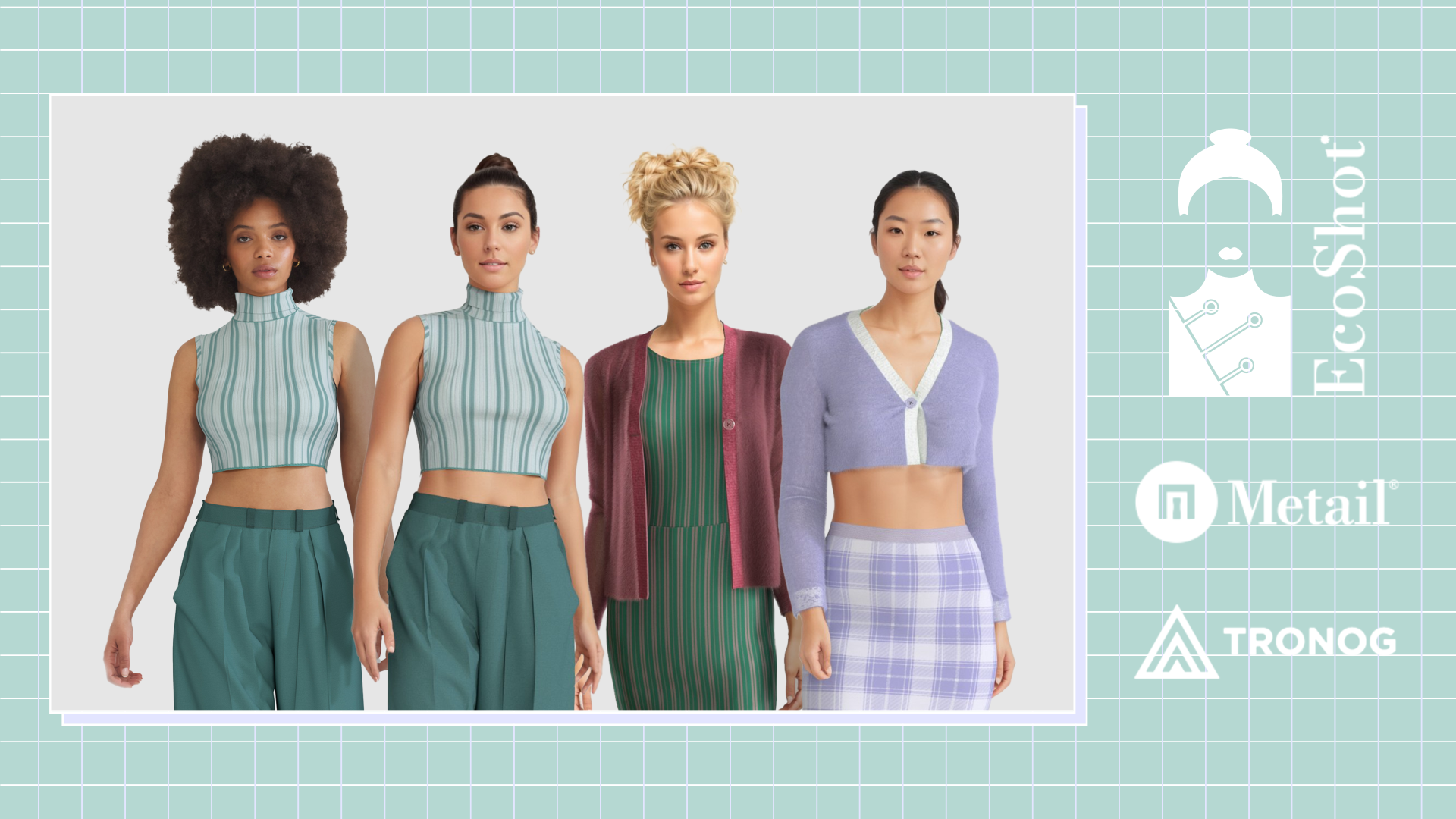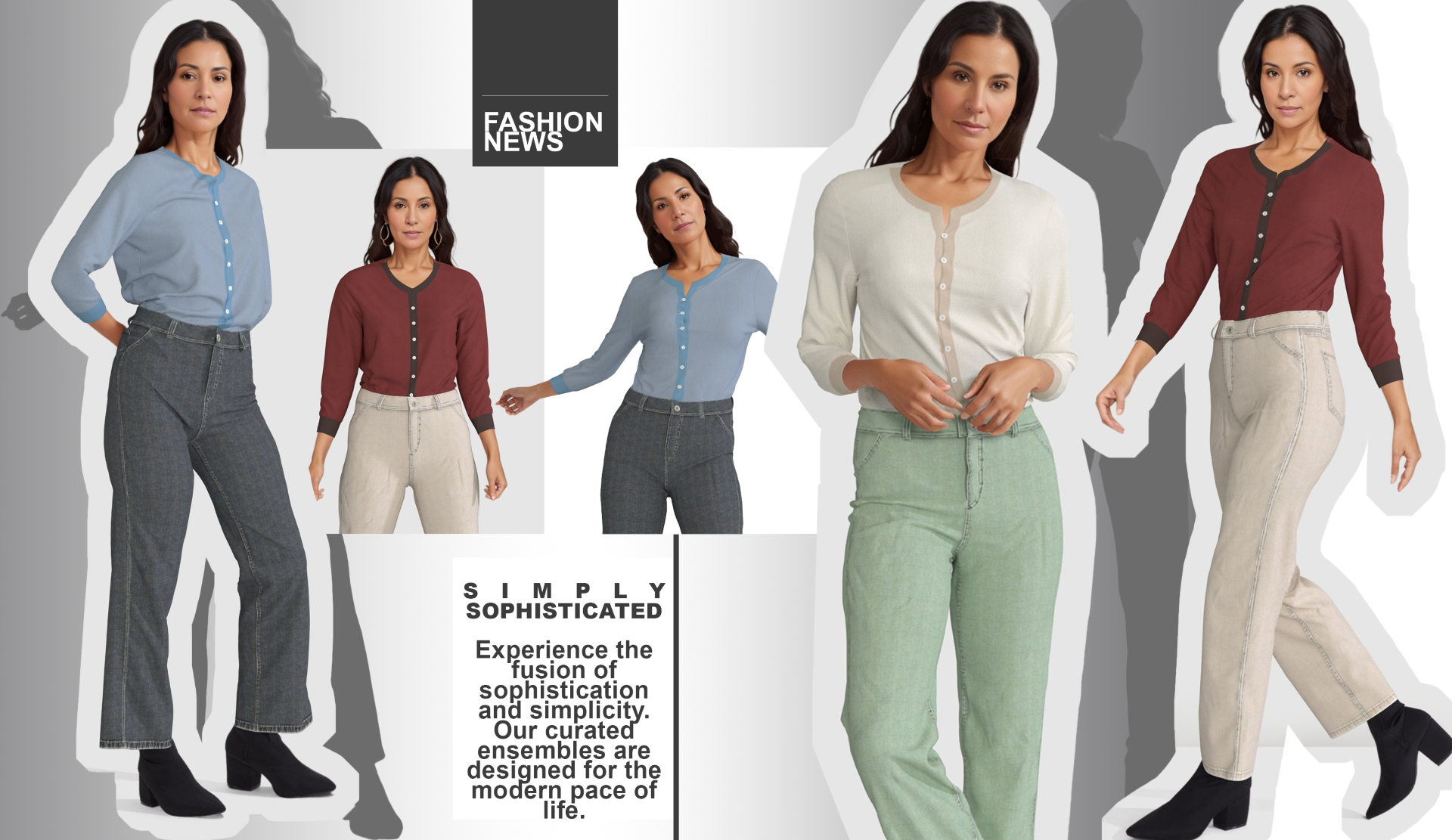We all know the fashion industry is unsustainable. Across the full lifecycle of clothing globally, the industry has an annual carbon footprint of 3.3 billion tonnes CO2 equivalent; more than international flights and maritime shipping combined.
On average, designers can make a physical sample up to 3–5 times during the development stage (Bertasiute, 2019). Typically, this means reworking each garment multiple times to achieve the appropriate fit and quality which in turn can lead to waste. Also, the lack of space to store the samples and cancellation of styles drives further generates waste. More than that, some luxury brands have been known to destroy samples to protect their intellectual property and brand value. With every sample produced, there is an impact from the carbon footprint generated from the energy, water, shipping, land and chemicals used.
After production, there is a further negative impact caused by the challenge of producing better-selling designs and matching the production to demand levels. A stark statistic is that 30% of the clothes produced is never sold (Matevosyan, 2016). Just mentioning a few examples, in 2018 H&M reported $4.3 billion worth of unsold stock, while Burberry revealed burning products worth $37 million instead of selling it at a lower cost (Rudenko, 2018).

How can 3D help your brand to reduce the environmental cost?
The use of 3D garment technology is an alternative to reduce the environmental damage caused by the fashion industry in the initial stage of product development.
We should acknowledge designers’ decisions, have the potential to determine the product’s environmental and economic costs in the preproduction, production, distribution and end-of-life stages. In digital apparel development, significant modifications and changes of direction can be done virtually, without producing any fabric and waste. 3D has made great advances in design by allowing designers to quickly visualize how garments will ultimately look without waiting to see a physical sample. Companies that have used 3D for design reported declines of 50% in the number of samples needed and the costs involved (EFI, & Optitex,2018).
This move to digital product development means less energy being used for manufacturing and shipping the garment, the number of materials, water and chemicals used for preparing, dyeing and treating the sample fabric. In the context of global warming, 3D has the potential to significantly reduce the brand´s carbon footprint by 10% — 30% (Iqbal, 2014) (Bertasiute, 2019). For the individuals involved in 3D garment design, there are also benefits of working as a more efficient and agile designer. The positive results are the additional time to design to trend, and the ability to make better decisions. Coupled with this, some gains can be made to minimise overproduction with better decision making using data, better matching of production to demand, and making changes in response to trends sustainably. Collections with better-selling designs and better matching of production to demand levels have the capacity to lower inventory levels, increase sales speed and minimise the need for markdowns.
We support fashion designers by offering digital solutions like EcoShot, helping them to communicate their design intent sustainably. The visualisation solutions help people see and understand garments in natural human poses, and sell designs in a manner that removes some of the environmental cost. We believe in 3D as a feasible solution to decreasing overproduction, sample waste and carbon footprint.








